Kofte Chronicles: 10 Spice Secrets That Turn Meatballs Into Global Flavor Bombs!
Table of Contents
- A World in a Meatball: The Magic of Kofte
- Global Kofte Traditions: From Turkey to Tajikistan
- Spice Breakdown: What Makes Each Kofte Sing?
- Top 10 Kofte Spice Tips for Perfect Results Every Time
- From Mild to Wild: A Comparative Spice Table
- Visual Feast: How Kofte Dishes Around the World Look (and Taste)
- Conclusion: Spice Up Your Life, One Kofte at a Time
A World in a Meatball: The Magic of Kofte
If you thought meatballs were just for spaghetti night, think again! Across the globe, from the bazaars of Istanbul to the mountain villages of Central Asia, kofte has been stealing the culinary show for centuries. But what exactly is kofte? It's not just ground meat and breadcrumbs—oh no! Kofte is a global celebration of flavor, texture, and tradition wrapped up in a spiced-up ball of deliciousness.
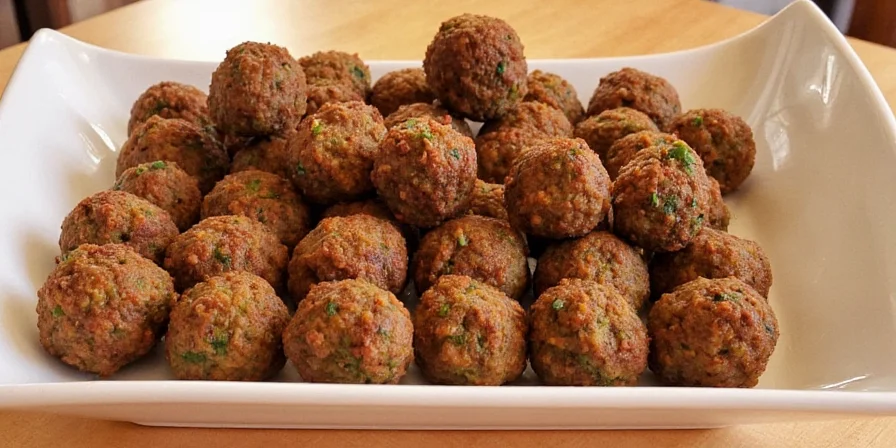
Global Kofte Traditions: From Turkey to Tajikistan
The word “kofte” comes from the Persian *koft*, meaning "to grind." And that’s precisely what chefs do—from grinding spices to mincing meat—to create this beloved dish in countless forms around the world:
- Turkey: Known for its iconic lamb-based versions seasoned with cumin, paprika, and parsley.
- Greece: Closely related to keftedes, often made with beef or pork and oregano.
- India: Seekh kebabs are essentially spicy, skewered kofte cooked over charcoal.
- Pakistan: Spicier versions using minced chicken or goat, packed with green chilies and coriander seeds.
- Central Asia: In Uzbekistan and Tajikistan, they make manti-like meatballs served with yogurt or in soups.
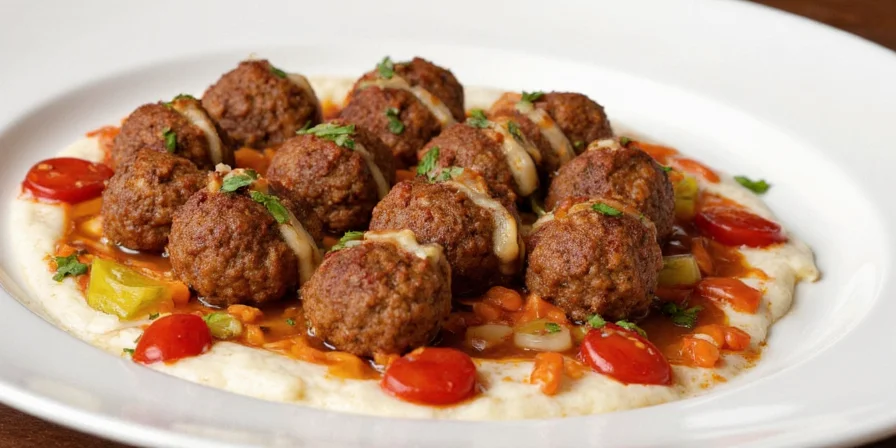
Spice Breakdown: What Makes Each Kofte Sing?
The soul of any great kofte lies in its seasoning. Here’s how different regions use spice to shape their kofte identity:
- Cumin: A Middle Eastern staple, adds earthiness and depth.
- Paprika: Used across Turkey and the Balkans to add color and a mild sweetness.
- Coriander Seeds: Often toasted and ground for an aromatic punch in South Asian kofte.
- Oregano & Mint: Found in Greek and Levantine varieties for herbal freshness.
- Green Chilies: Bring heat to Indian and Pakistani styles.
- Saffron: Used sparingly in royal Persian recipes for a floral note.
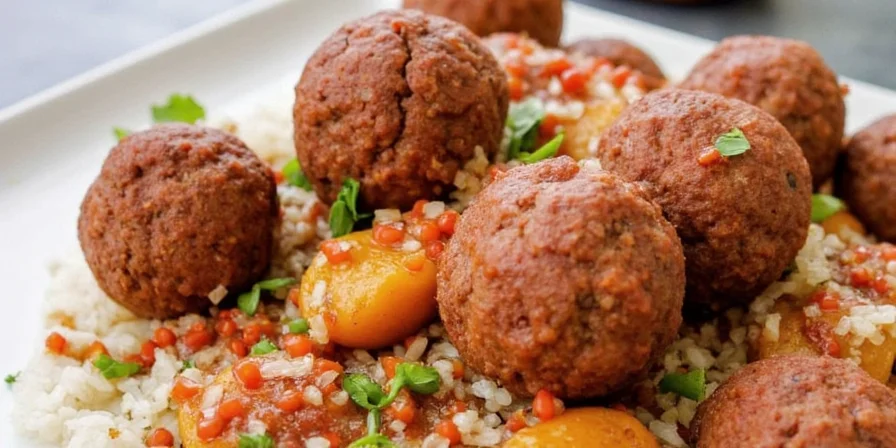
Top 10 Kofte Spice Tips for Perfect Results Every Time
Ready to level up your kofte game? These spice tips will turn your kitchen into a flavor playground:
- Toast Before You Grind: Toast whole spices like cumin, coriander seeds, and black peppercorns before grinding—they release more flavor when warm!
- Layer Flavors: Don’t mix all the spices in at once. Sauté aromatics first, then add dry spices halfway through cooking for maximum impact.
- Mix Wet and Dry: Combine wet ingredients (onion, garlic, egg) separately from dry ones before blending everything together—this prevents uneven mixing.
- Rest Before Frying: Letting the mixture sit for 20–30 minutes allows the spices to infuse the meat evenly.
- Use Fat Wisely: Add a bit of grated fat (like suet or butter) to keep kofte juicy and help carry the spices deeper into each bite.
- Don’t Overmix: Mix until just combined; overmixing leads to tough, rubbery kofte.
- Test Before Cooking: Fry a small patty first to taste-check the seasoning and adjust if needed.
- Add Fresh Herbs Last: Chop herbs like parsley, mint, or cilantro at the very end to preserve their vibrant flavor.
- Balance Sweet & Heat: A pinch of cinnamon or sugar can soften strong spice notes and add complexity.
- Marinate for Maximum Mojo: Marinating meat overnight in a yogurt-spice blend tenderizes it and boosts flavor tenfold.

From Mild to Wild: A Comparative Spice Table
| Region | Main Protein | Signature Spices | Heat Level | Flavor Profile |
|---|---|---|---|---|
| Turkey | Lamb/Beef | Cumin, paprika, parsley | Mild | Earthy, smoky, herbaceous |
| Greece | Beef/Pork | Oregano, mint, garlic | Mild-Medium | Fresh, tangy, Mediterranean |
| India | Chicken/Lamb | Chili, coriander, garam masala | Medium-Hot | Spicy, fragrant, layered |
| Pakistan | Goat/Beef | Black pepper, ginger, chili | Hot | Fiery, bold, aromatic |
| Persia | Lamb/Beef | Saffron, turmeric, rosewater | Mild | Elegant, floral, delicate |
Visual Feast: How Kofte Dishes Around the World Look (and Taste)
They say we eat with our eyes first—and these kofte dishes prove it! Take a visual tour through some of the most iconic presentations:
- Turkish Adana Kofte: Long, skewered, and fiery red from chili-laced meat. Serve with grilled onions and flatbread.
- Greek Keftedes: Bite-sized and golden brown, served with tzatziki and lemon wedges.
- Uzbek Manti: Tiny dumpling-style meatballs steamed and served with sour cream and dill.
- Pakistani Shami Kebab: Flat, lentil-stuffed kofte topped with fried onions and mint chutney.
- Persian Koobideh: Finely ground lamb mixed with saffron and char-grilled for a smokey finish.
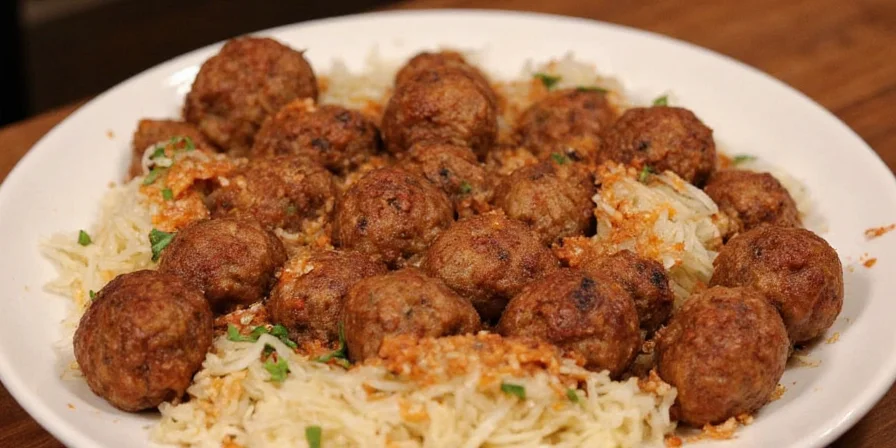
Conclusion: Spice Up Your Life, One Kofte at a Time
Whether you're rolling out your first batch of Turkish kofte or experimenting with saffron-infused Persian bites, remember: the right spices are your best friends. With the right blend, every kofte becomes a mini globetrotter, transporting your taste buds from the Aegean coast to the Silk Road. So grab your mortar and pestle, fire up the pan, and let your inner spice alchemist shine!
And hey—if your kofte turns out a little too spicy… well, just call it “authentic.” 🌶️🌍

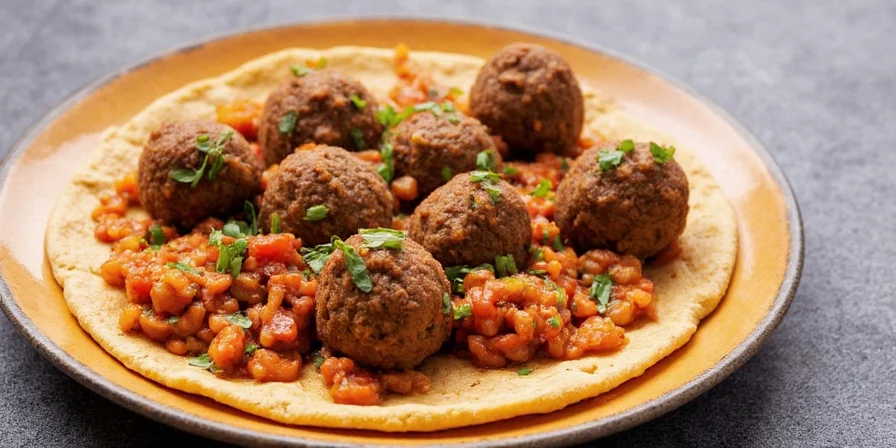









 浙公网安备
33010002000092号
浙公网安备
33010002000092号 浙B2-20120091-4
浙B2-20120091-4